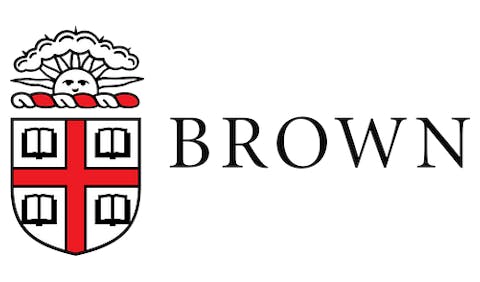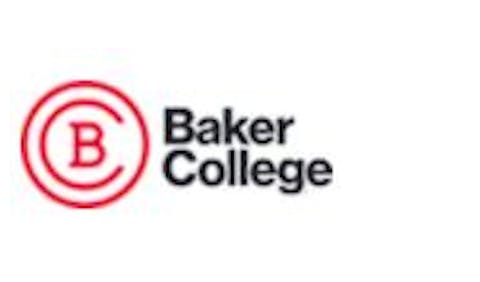My mother and I swore that we would never watch the “blockbuster” movie sensation “The Help.” My reasoning, quite frankly, had to do with my own rejection of yet another movie that portrays Blacks as a deficit, culturally “capital-less” group that needs to be “empowered,” saved, and are rescued by the “kind,” “smart,” and “important.” That message gets old, makes the goose bumps rise on my neck and arms, and my heart begins to palpitate. My mother, on the other hand, refuses to watch for other reasons. She stated, “I witnessed that racism when one of my grandmothers went to the south end to clean houses every day [emphasis added].” However, after weeks of cajoling, I allowed my daughter to talk me into seeing the movie. There are Black actors who need our support; I would have to remind myself. I would at least attend the viewing, equipped with pen and paper to take notes, because I would certainly find a story in the story. I would also bring along a couple of antacids. I have now seen the movie twice in two days. I have filled five pages of paper with notes and have gone through 32 antacids.
I was stunned. Hilly Holbrook, one of the characters in the movie, stood out as not only one of the most monstrous but also one of the most treacherous threats to humanity portrayed in this movie. Interestingly, the movie-going crowd seemed to be deeply moved by the sentiments of the Black actors in the film. I wanted to tell them that I still know Black folks who cry every day and that there is no movie. I wanted to tell them that some folks still describe many of the events that occur during this 21st century life as one of Dante’s rings for not only themselves, but for their children.
Hilly is still around folks. I have witnessed Hilly’s acceptable wrath and subtle acts of “nuanced” privilege and supremacy. Many people of color are still victimized by the subtle acts of terror of the new Hilly. Instead of claiming her victims by creating the myth that Black people carry diseases that are incurable and commutable through toilet seats, that they (we) all steal, and, dishing out acceptable meanness and vitriol, 21st century Hilly has learned to become more “subtle” with her reign of terror. She has recruited a “mentor and some unsuspecting mentees” to assist in her work. She has graduated from myth creator to acquiring the uncanny ability to create a “coded” yet racist meta-narrative about people of color that is just as vile and contemptible as claiming thievery, filth and disease. And, much like 1960s’ Hilly, she is still very capable of devastating careers and lives while also receiving accolades and awards for her generosity.
How is Hilly able to continue navigating this space so freely? In my own career as a professor, often times, we, faculty of color, live and heed the twice as hard rule to move up the ladder. Twenty First Century Hilly, on the other hand, rises quickly throughout the academy. We have all watched her never have to put forth an application for a position in the academy. She is “appointed” to positions specifically created for her, also illegal. And, when Miss Hilly does not get what she wants or thinks she deserves, and believes that someone is in the way, like 1960s’ Hilly, 21st century Hilly, she will have them removed.
While 1960s’ Hilly accused “the help” of stealing the silver or other items, 21st century Hilly simply creates a new meta-narrative or myth. She creates the myth that faculty of color are less capable. They have “strengths” in areas that are subpar to those of Hilly’s. They have “certain” skill levels, and, because of this, they may be unable to serve in certain capacities—of course.
The 21st century Hilly doesn’t hold meetings of the Junior League. She simply meets at the local trendy coffee house with colleagues, unsuspecting students, and mentors, creating and perpetuating a master-narrative that succinctly and efficiently closes doors. She is able to do so with such accomplishment because she is what? Well, “kind” and “smart” and “important.” Twenty-first Century Hilly is also more difficult for some folks to detect than the 1960s’ Hilly. The world is, after all, more equitable and “changed.” Unlike 1960s’ Hilly, 21st century Hilly has been able to craft an unsuspecting and more “nuanced” myth about folks of color, because the world is oh so “equitable.” And, of course, she is better equipped to “help” everyone, because she knows more than most about everything and everyone. Thank goodness for Miss Hilly!
Exhausted and exasperated most of the time (yes angry and mad), I often wonder what will ever stop the 21st Century Miss Hilly Holbrooks of the world? In the movie, it was the “terrible awful.” Just what is the 21st Century terrible awful? Exposure? So, to the 21st Century Miss Hilly Holbrooks of the world, who may see similarities in this story and the lovely things that you do for others, how’s the chocolate pie?
Dr. Robin L. Hughes teaches courses in higher education student affairs in the School of Education at Indiana University, Indianapolis.


















